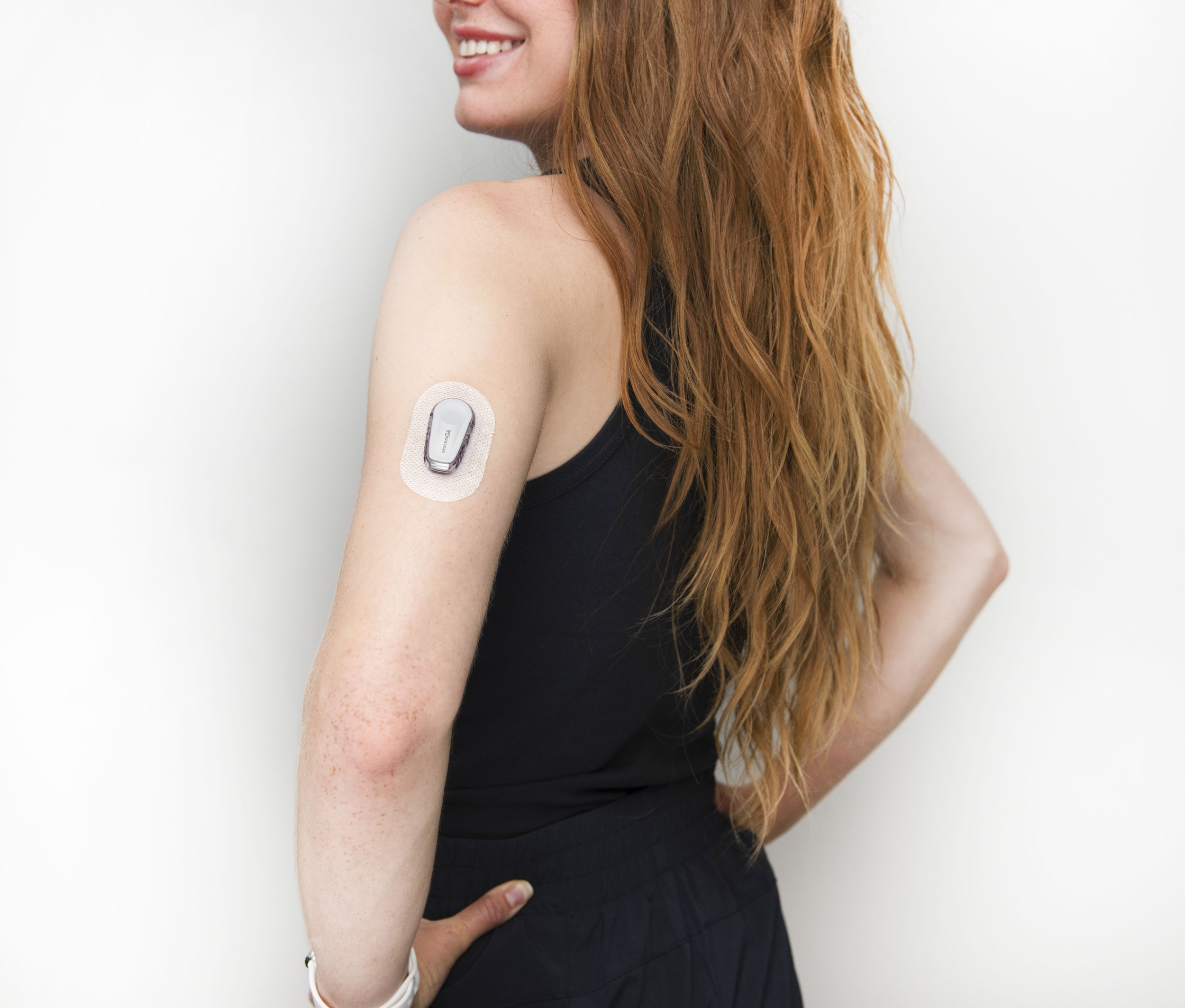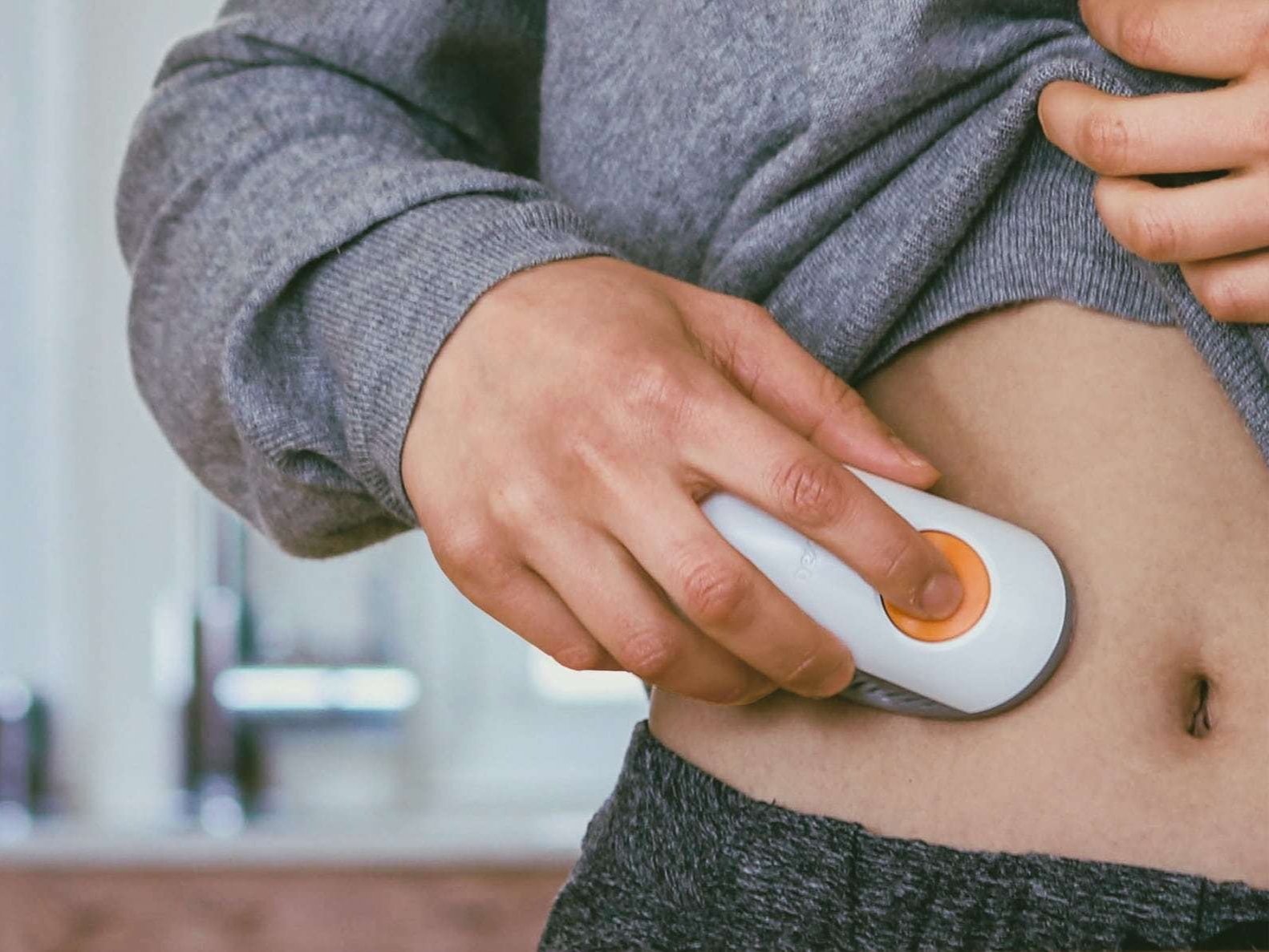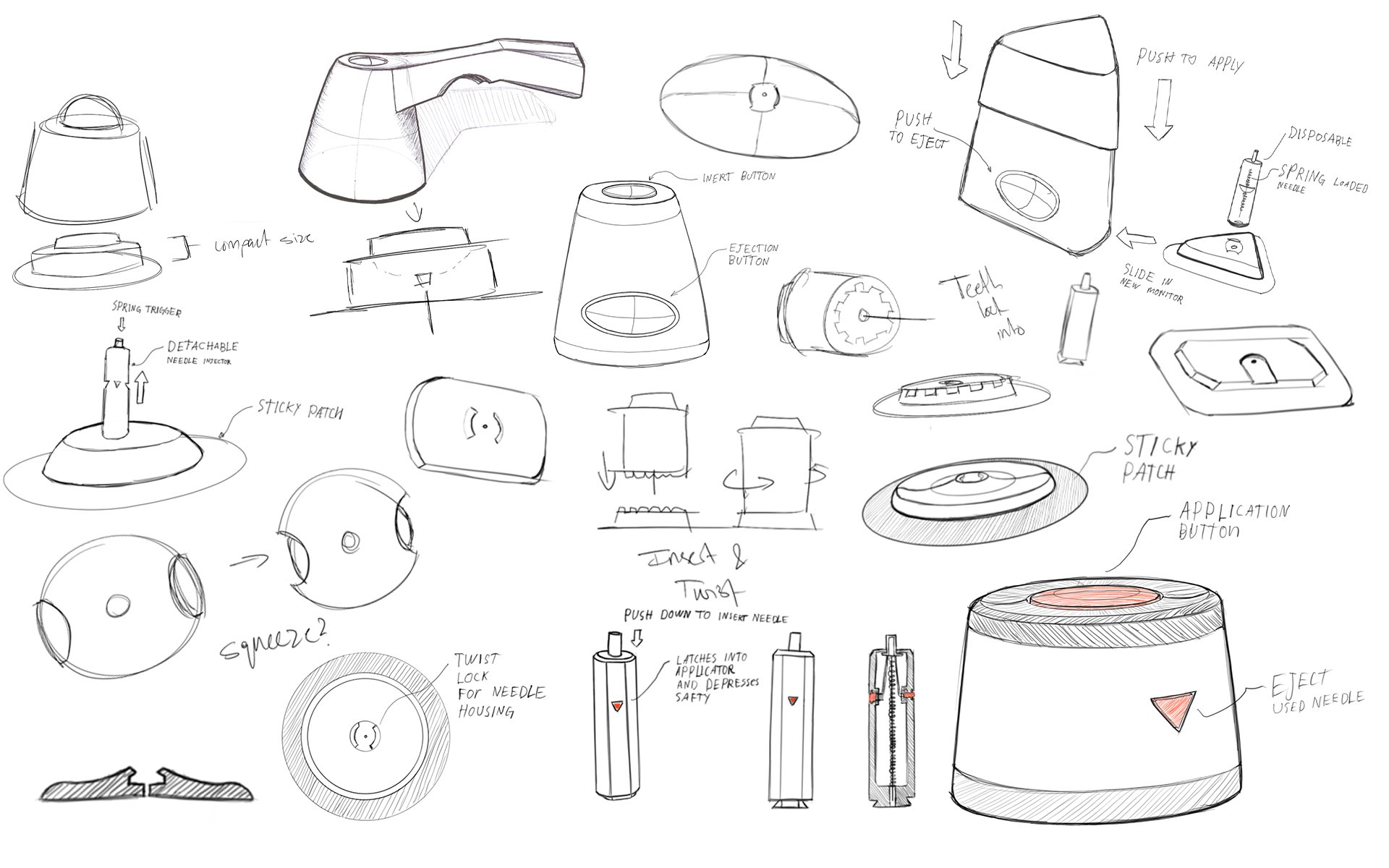
Dexcom G8
How can we make the use of Continuous Glucose Monitors easier and better for the environment? This project was completed as a team with myself and Raj Razon, a fellow Walla Walla University student.
Background:
The Continuous Glucose Monitor (CGM) is a tool used to monitor a person’s blood glucose levels continually throughout the day. Normally to use a standard glucose monitor one has to prick a finger to get a blood sample. The CGM attaches to the user’s arm, abdomen, or leg, and is replaced every 7-14 days on average.
The GCM then connects either to a smart phone via an app, or a separate receiver that shows what the glucose level is at that time. The most common CGM is the Dexcom G6. This CGM is relatively discrete, reliable, and easy for many people to use.
Receiver/smartphone
Applicator
Monitor
The problem:
CGM’s are a wonderful tool for a lot of people, but there are a few problems with them, and for this project we chose to tackle the problem of waste. Because of the health and safety regulations with having a needle that pierces the skin, the needle must be disposed of after application. Currently on all models of CGM’s not only is the needle disposed of, but the applicator is disposed of with it. So every 1-2 weeks a new applicator and sensor/monitor is needed. The user will end up with an average of 30-40 applicators that need to be disposed of every year. Compound that with the amount of people that use a CGM and there is a lot of plastic that is unnecessarily wasted. Raj and I set out to find a solution for this problem.
We started out as most design projects start, with some sketching.
We both had the idea of separating the applicator from the needle, allowing the applicator to be reused and the needle to be disposed of, maintaining the necessary sanitation requirments.





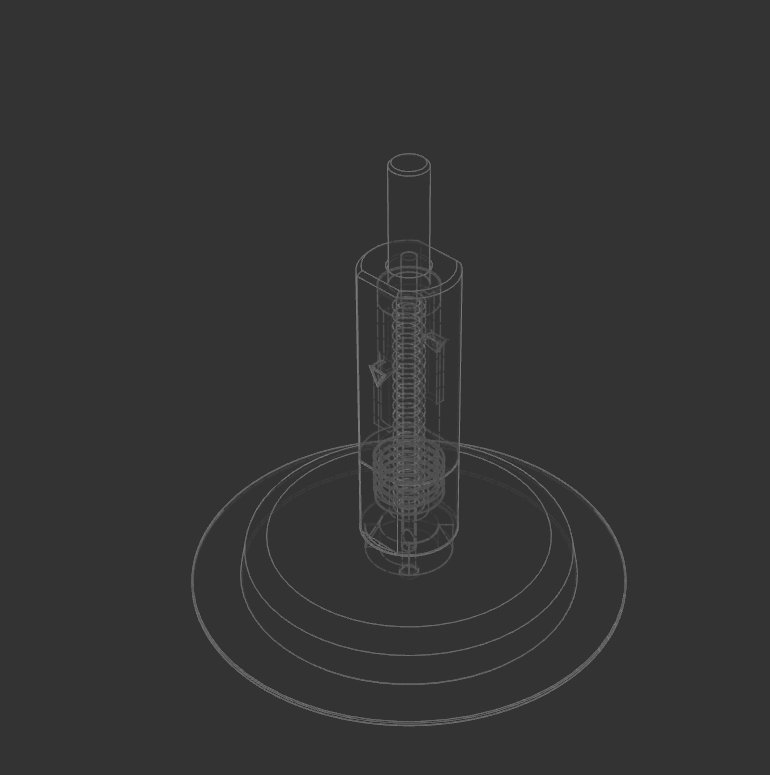
Final concept
This key concept of this design, is that the actual needle (which needs to be disposed of after application) is able to be disposed of by itself without throwing away the applicator. Each new monitor that is received comes with a needle cartridge which is inserted into the applicator and then applied to the arm or stomach. The applicator is twisted and removed, which leaves the monitor in place. Then the cartridge is ejected into a safe disposal bin.
Needle cartridge
Monitor/sensor
Applicator
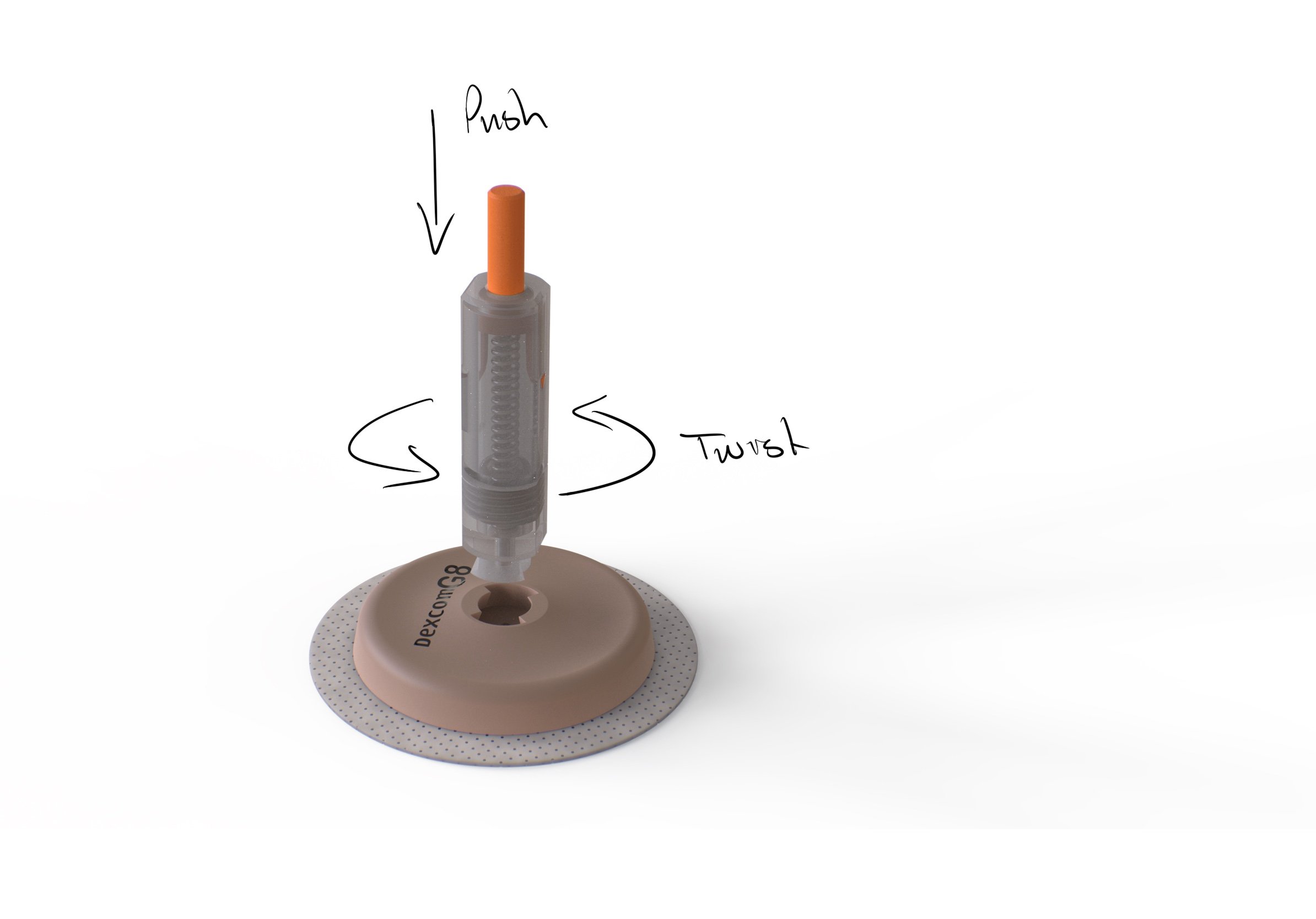
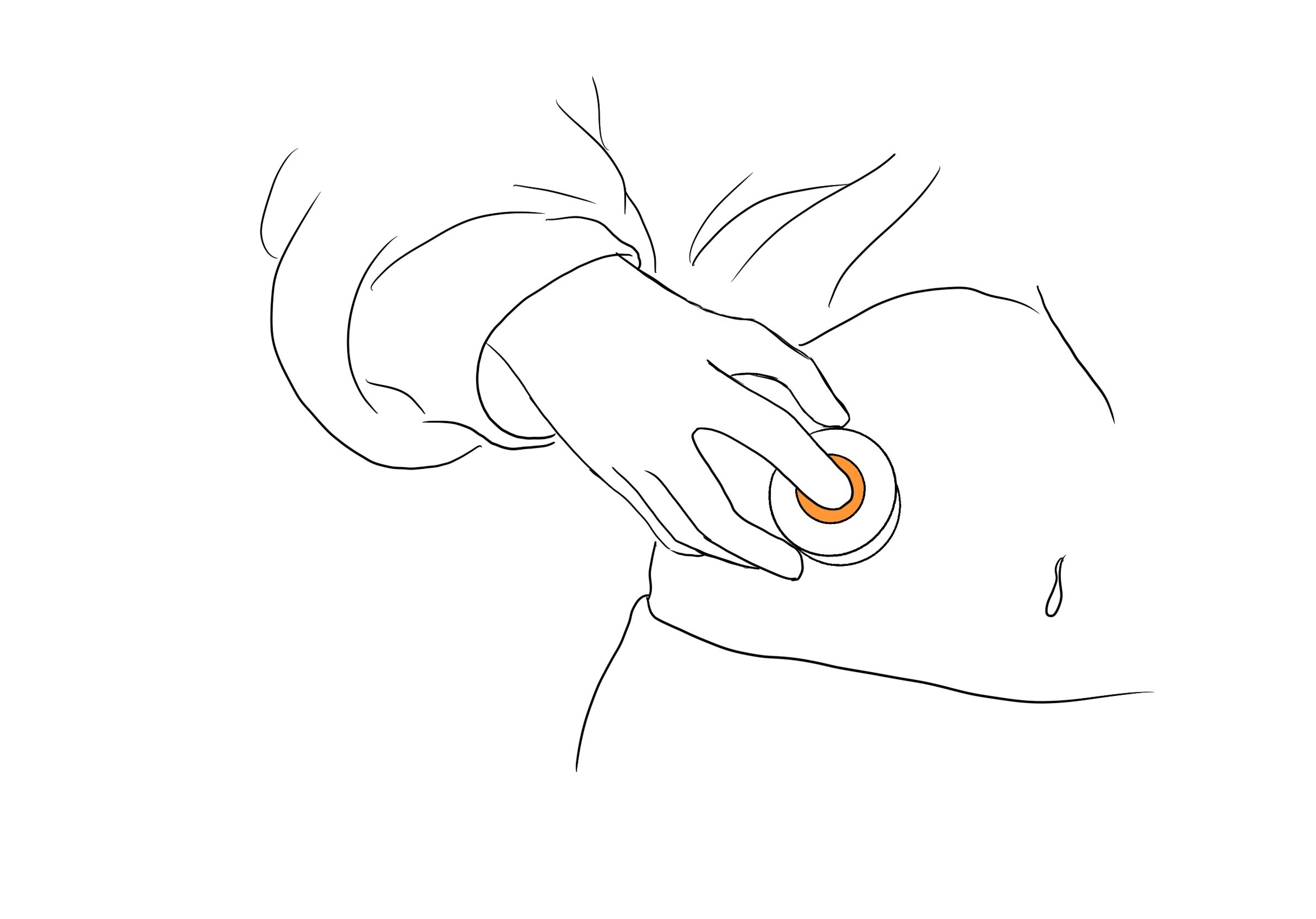
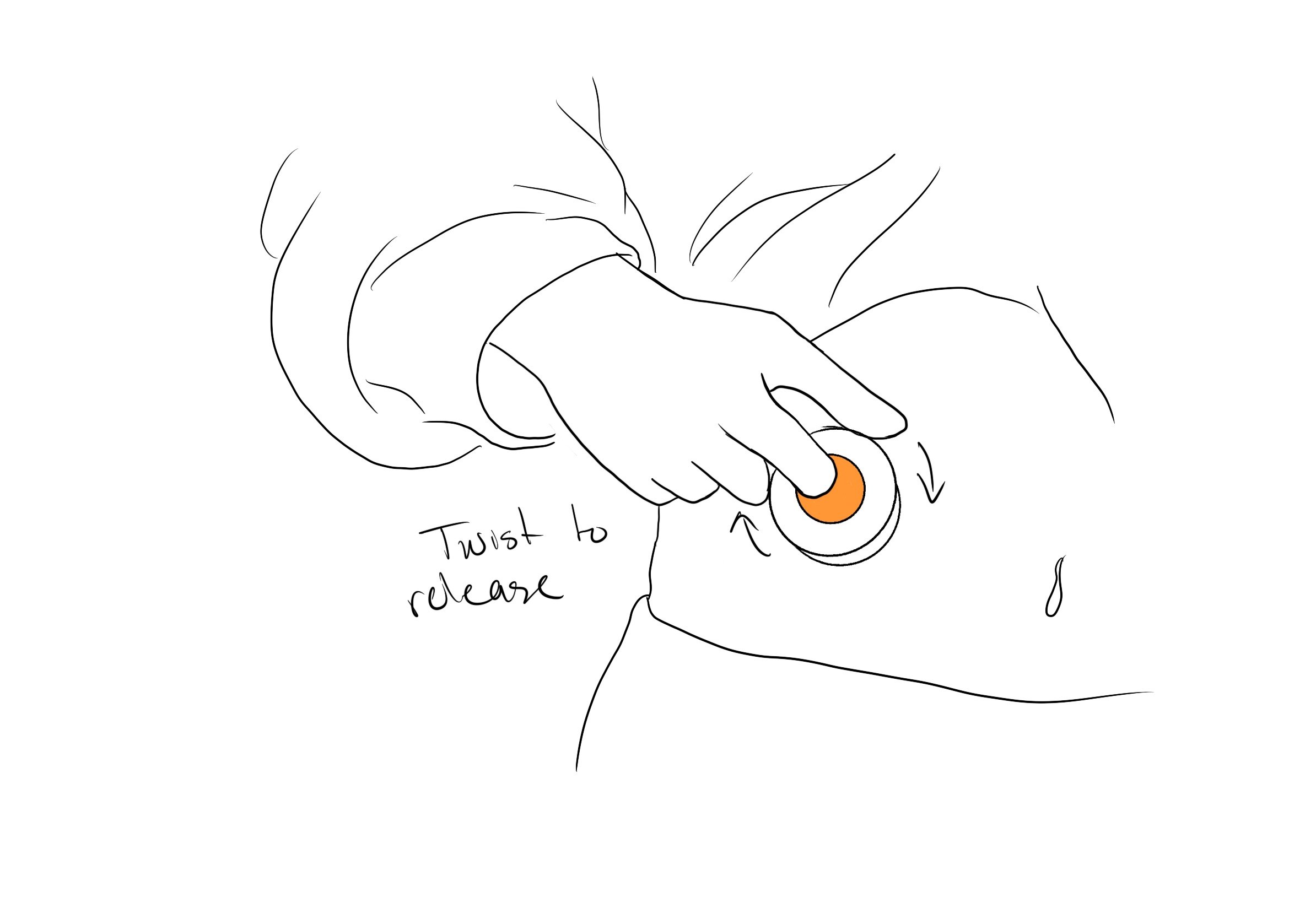

CAD work done in Autodesk Fusion360, renderings done in Keyshot.

